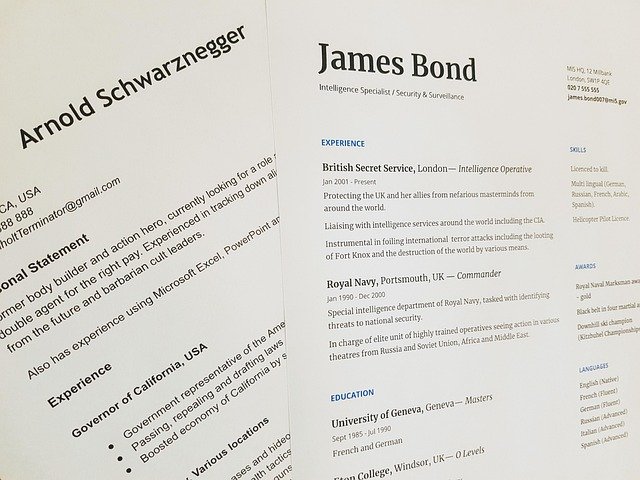How to Write an Effective Cover Letter for Job Applications
A cover letter is a brief, focused document that introduces you to an employer, highlights relevant experience, and explains why you’re a fit for a specific role. When paired with a resume, a well-crafted cover letter helps hiring managers understand the story behind your qualifications and how your background connects to the job application. This article explains what to include, how to tailor content, and practical writing tips to improve clarity and relevance.

What should a cover letter include?
A cover letter should open with a clear statement of the position you’re applying for and a concise sentence explaining how you learned about the role. The body should highlight two or three accomplishments or skills that directly relate to the job description, using concrete examples and, where possible, quantifiable outcomes. Close the letter by reiterating your interest and offering a brief note about your availability for an interview. Keep the letter to one page and use a professional tone that complements your resume.
How does a cover letter relate to your resume?
Your cover letter and resume should work together without repeating the same content. The resume lists facts—roles, dates, and technical skills—while the cover letter connects those facts to the employer’s needs by telling a brief narrative. For example, instead of restating that you managed a project, the cover letter can summarize the challenge you addressed, the actions you took, and the result. This narrative helps hiring managers see how items on your resume translate to outcomes for their organization and strengthens your job application overall.
How to tailor a cover letter for a job application?
Tailoring means matching language, priorities, and examples to the job posting. Start by identifying two to three keywords or required competencies from the posting—these might be technical skills, soft skills, or industry knowledge—and address them with specific experiences. Mention the company by name and reference an aspect of its work or mission that genuinely resonates with you, showing that you researched the organization. Avoid generic phrases that could apply to any employer; specificity makes your job application feel purposeful and deliberate.
How can a cover letter support long-term career goals?
A cover letter is an opportunity to position yourself within a broader career narrative. Use it to explain transitions between industries, gaps in employment, or moves into leadership by focusing on transferable skills and demonstrated learning. For early-career applicants, emphasize projects and coursework that mirror job responsibilities. For mid-career or senior applicants, highlight strategic contributions and mentorship. Framing your background around the employer’s needs helps hiring managers see how a hire supports both immediate role requirements and your longer-term career trajectory.
What practical writing tips improve cover letter clarity and impact?
Writing a clear cover letter starts with structure: short paragraphs, active verbs, and concrete examples. Open with a strong but concise first sentence; avoid flowery language. Use bullet points only if they add clarity (for instance, to list three relevant achievements). Proofread for grammar and consistency with your resume (dates, job titles, and terminology). Keep formatting clean—standard fonts, consistent margins, and a simple header that includes your contact details. If you’re applying through an online portal, follow word or character limits and attach file types requested by the employer.
This concluding paragraph summarizes key points: a cover letter complements your resume by adding context and narrative, tailoring each application increases relevance, and attentive writing improves readability. Thoughtful cover letters that are concise, specific, and aligned with the job description tend to strengthen a job application and help employers understand how your experience connects to the role.






